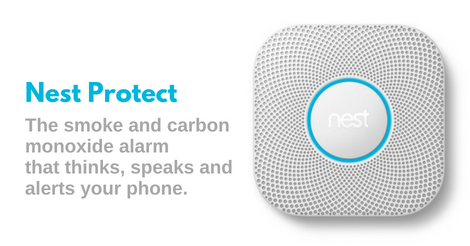Memorial Day weekend is the unofficial start of summer. For many of us, the next few days will be filled with picnics and backyard barbecues. No matter how you are spending the weekend, the entire Burkholder’s team wishes you and yours a safe and healthy holiday.
In order to help keep us all safe, the U.S. Department of Agriculture (USDA) offers the following food safety tips for when we are cooking and eating outside:
Bringing food to a picnic or cookout
- Use an insulated cooler filled with ice or frozen gel packs. Frozen food can also be used as a cold source.
- Foods that need to be kept cold include raw meat, poultry, and seafood; deli and luncheon meats or sandwiches; summer salads (tuna, chicken, egg, pasta, or seafood); cut up fruit and vegetables; and perishable dairy products.
- A full cooler will maintain its cold temperature longer than a partially filled one. When using a cooler, keep it out of the direct sun by placing it in the shade or shelter.
- Avoid opening the cooler repeatedly so that your food stays colder longer.
Cooking on the grill
- Use separate cutting boards and utensils for raw meat and ready-to-eat items like vegetables or bread.
- Keep perishable food cold until it is ready to cook.
- Use a food thermometer to make sure meat and poultry are cooked thoroughly to their safe minimum internal temperatures
- Beef, Pork, Lamb, & Veal (steaks, roasts, and chops): 145 °F with a 3 minute rest time
- Ground meats: 160 °F
- Whole poultry, poultry breasts, & ground poultry: 165 °F
- Always use a fresh, clean plate and tongs for serving cooked food. Never reuse items that touched raw meat or poultry to serve the food once it is cooked.
Serving food outdoors
- Perishable food should not sit out for more than two hours. In hot weather (above 90 °F), food should NEVER sit out for more than one hour.
- Serve cold food in small portions, and keep the rest in the cooler. After cooking meat and poultry on the grill, keep it hot until served – at 140 °F or warmer.
- Keep hot food hot by setting it to the side of the grill rack, not directly over the coals where they could overcook.
To learn more, visit FoodSafey.gov.


